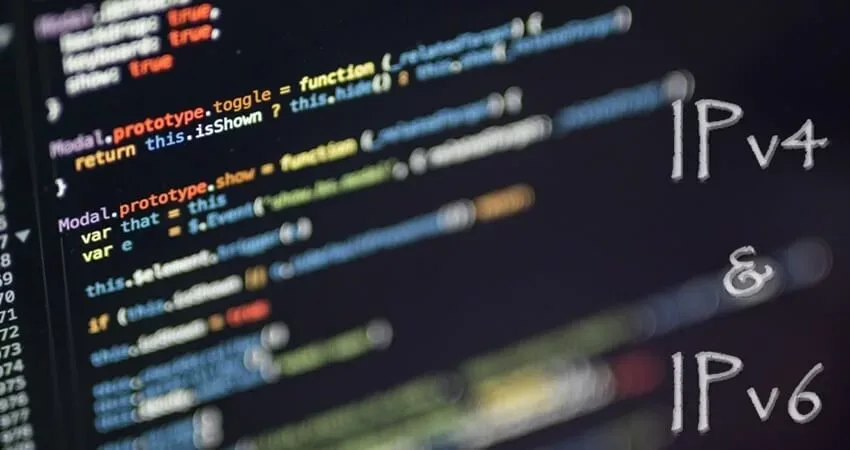Migrating from IPv4 to IPv6: What You Need to Know
Migration from IPv4 to IPv6 has been in talks in the last few years. The migration is happening due to the depletion of IP addresses in IP version 4.
This IPv4 address exhaustion has been anticipated since 1980. This is one of the reasons for the development and deployment of IPv6 and hence the migration to the same.
When one says “IP address exhaustion”, it means the reduction in the number of available IP addresses in the pool of unallocated IP addresses.
However, the migration hasn’t picked up as much pace as per expectations. Let’s look at the basics first and see why the transition is necessary.
What are IPv4 and IPv6?
IP is short for Internet Protocol, the standard for transferring data over the internet in the form of datagrams. This protocol defines formats such as header, body, and footer for efficient communication over the internet.
IP is used in combination with a high-level protocol TCP which stands for Transmission Control Protocol. TCP sets up a virtual connection between the sender and receiver systems.
Networks use TCP/IP for two principal purposes:
- Identification of host and network
- Location addressing
These are executed with the help of IP addresses. An IP address is a numerical label assigning each connecting device to a computer network that uses IP.
So what’s the difference between IPv4 and IPv6?
IPv6 is the next-gen internet protocol version which is an upgrade over the previous v4. The major difference between v4 and v6 is the bit address.
IPv4 uses 32-bit addresses which have the format XXX:XXX:XXX:XXX whereas IPv6 uses 128-bit addresses which we express in hex format as XXXX:XXXX:XXXX:XXXX:XXXX:XXXX:XXXX:XXXX.
Why IPv6?
IPv4 has provision for over 4 billion IP addresses. However, they aren’t enough owing to the growth in the number of devices using the internet.
Thus increasing the pool of addresses is one of the major benefits of IPv6m the other technological changes of using IPv6 are as follows:
- Simpler header format
- Better multicast routing
- Auto-configuration
- No more NAT (Network Address Translation)
- Built-in authentication and privacy support
Migrating from IPv4 to IPv6
Migrating doesn’t mean replacing IPv4 with IPv6. It just means enabling IPv6 along with IPv4.
In the current scenario, most organizations rely on IPv4. For them, it is practically impossible to migrate to IPv6 in a day. This means that for some time, both will coexist.
There are several techniques for migrating from IPv4 to IPv6. Some of them are as follows:
- Dual-Stack: In this technique, the network devices configure both versions of IP.
- Tunneling: This technique involves encapsulating one protocol inside the other. For example, if you have two devices using IPv6 connected with the IPv4 network, then the traffic is tunneled inside the IPv4 packets and sent over the network.
- Translation: Translation involves translating one protocol to the other. This allows IPv6 hosts to communicate with IPv4 hosts.
You May Also Like to Read:
A Brief on SSL and TLS Protection Protocols

